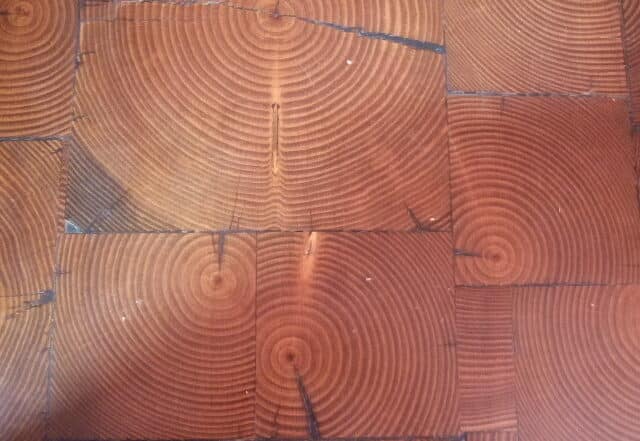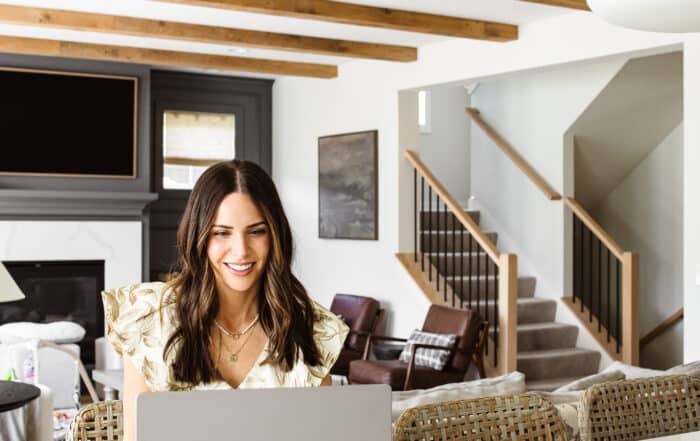Embracing the Charm of Reclaimed Wood in Your Home
In interior design, the attraction of reclaimed wood is undeniable. The rustic charm of reclaimed wood, eco-friendly appeal, and unique character make it a popular choice for homeowners looking to infuse warmth and history into their living spaces. However, like any design choice, reclaimed wood has advantages and disadvantages. Here are five of each to contemplate before you use reclaimed wood in your home.
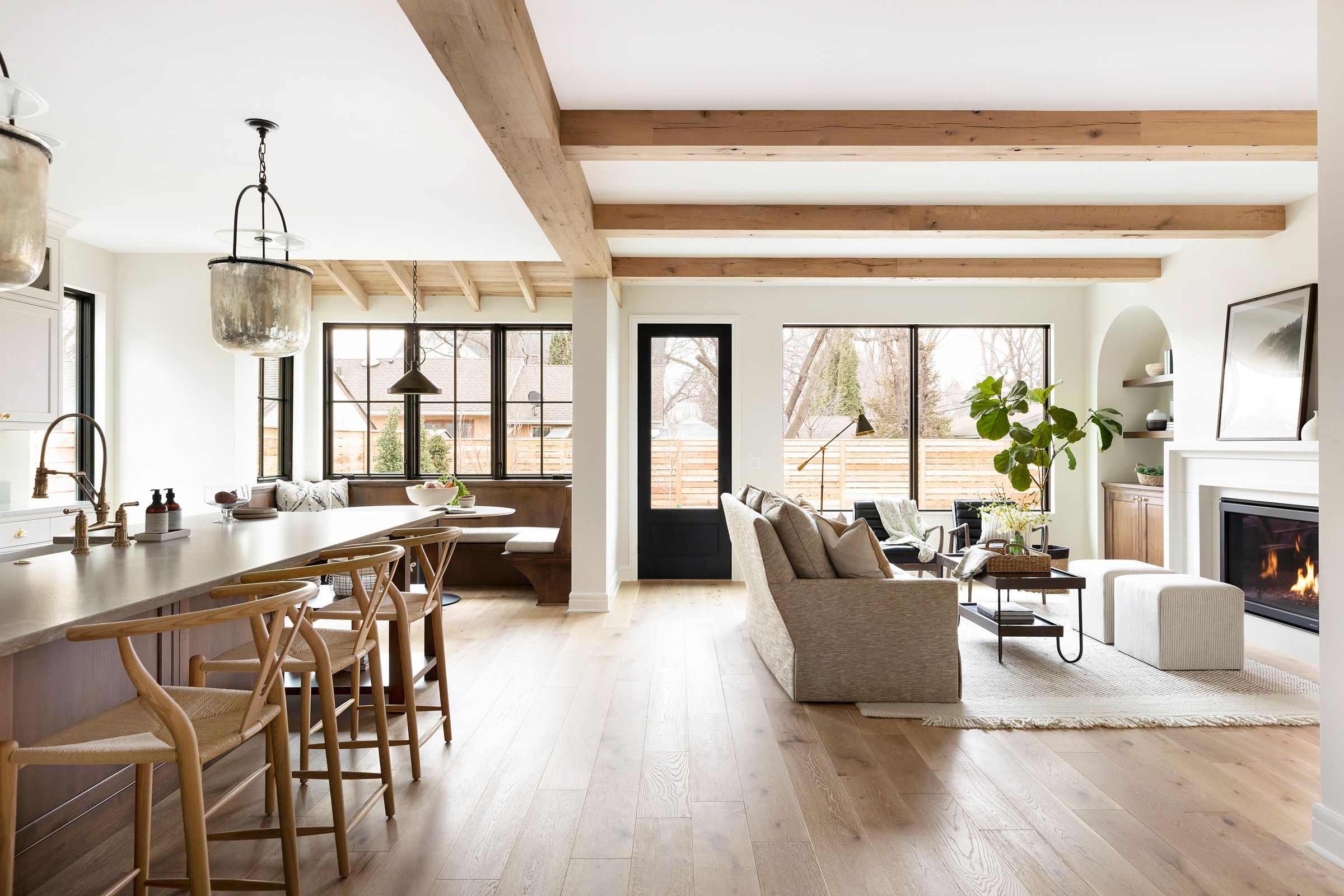
By mrtimbers | Updated April 14, 2024
In interior design, the attraction of reclaimed wood is undeniable. The rustic charm of reclaimed wood, eco-friendly appeal, and unique character make it a popular choice for homeowners looking to infuse warmth and history into their living spaces. However, like any design choice, reclaimed wood has advantages and disadvantages. Here are five of each to contemplate before you use reclaimed wood in your home.
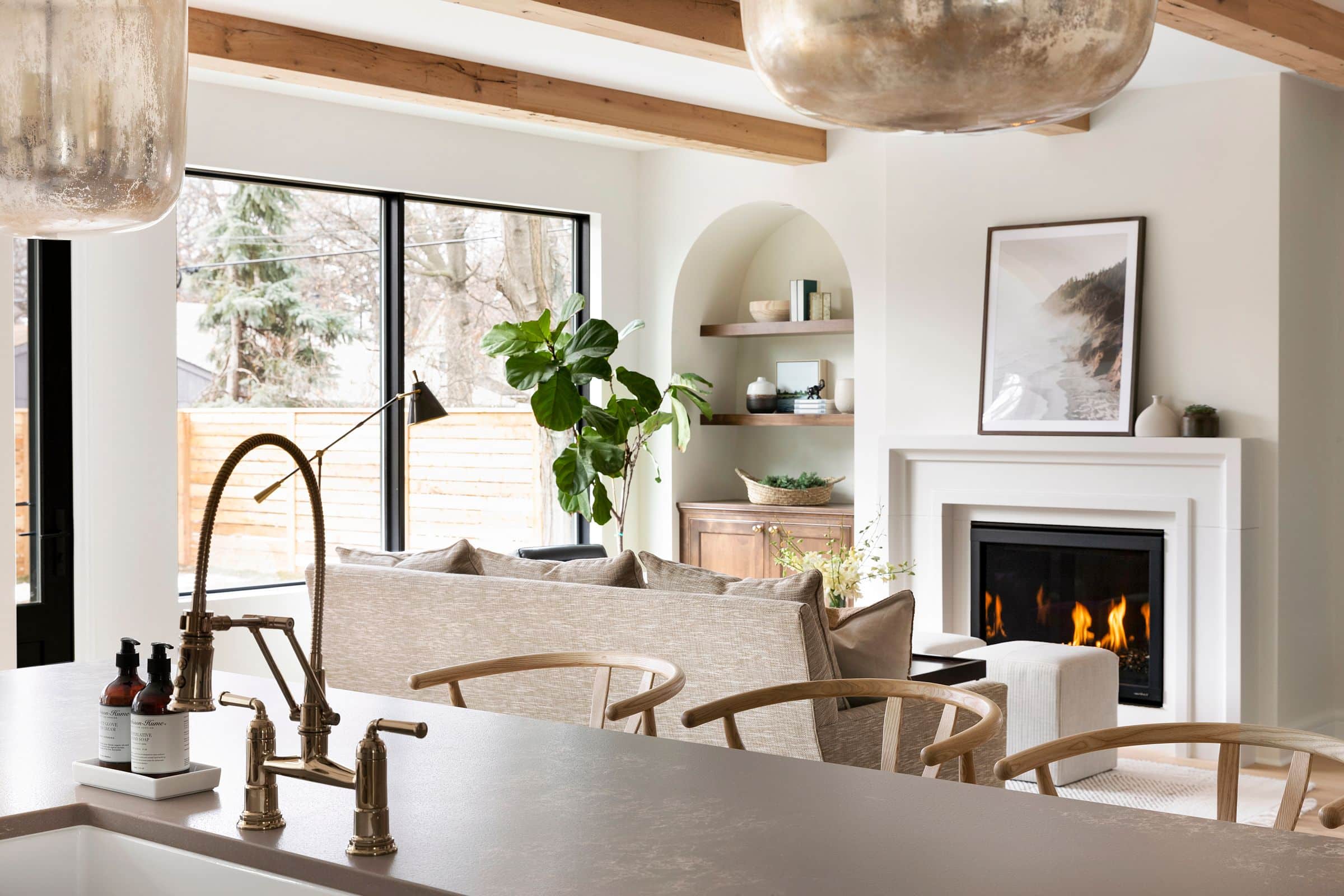
Five Benefits of Using Reclaimed Wood
A More Sustainable Choice
Reclaimed wood is an eco-friendly option that helps reduce the demand for new timber, contributes to forest conservation efforts, and promotes environmental responsibility.
Distinctive Esthetics
Each reclaimed wood weaves a narrative through its distinctive grain patterns, knots, nail holes, and weathered patina, adding a sense of history and character to your home decor that cannot be replicated with new wood.
Higher Durability and Strength
Due to its age and natural aging process, reclaimed wood tends to be denser and more durable than new wood, making it a long-lasting choice for various home applications, from long-lasting flooring to sturdy furniture.
Overall Versatility
Reclaimed wood offers a wide range of design possibilities, from creating stunning accent walls and custom furniture pieces to adding warmth and texture to any room, allowing you to unleash your creativity and personalize your living space as you see fit.
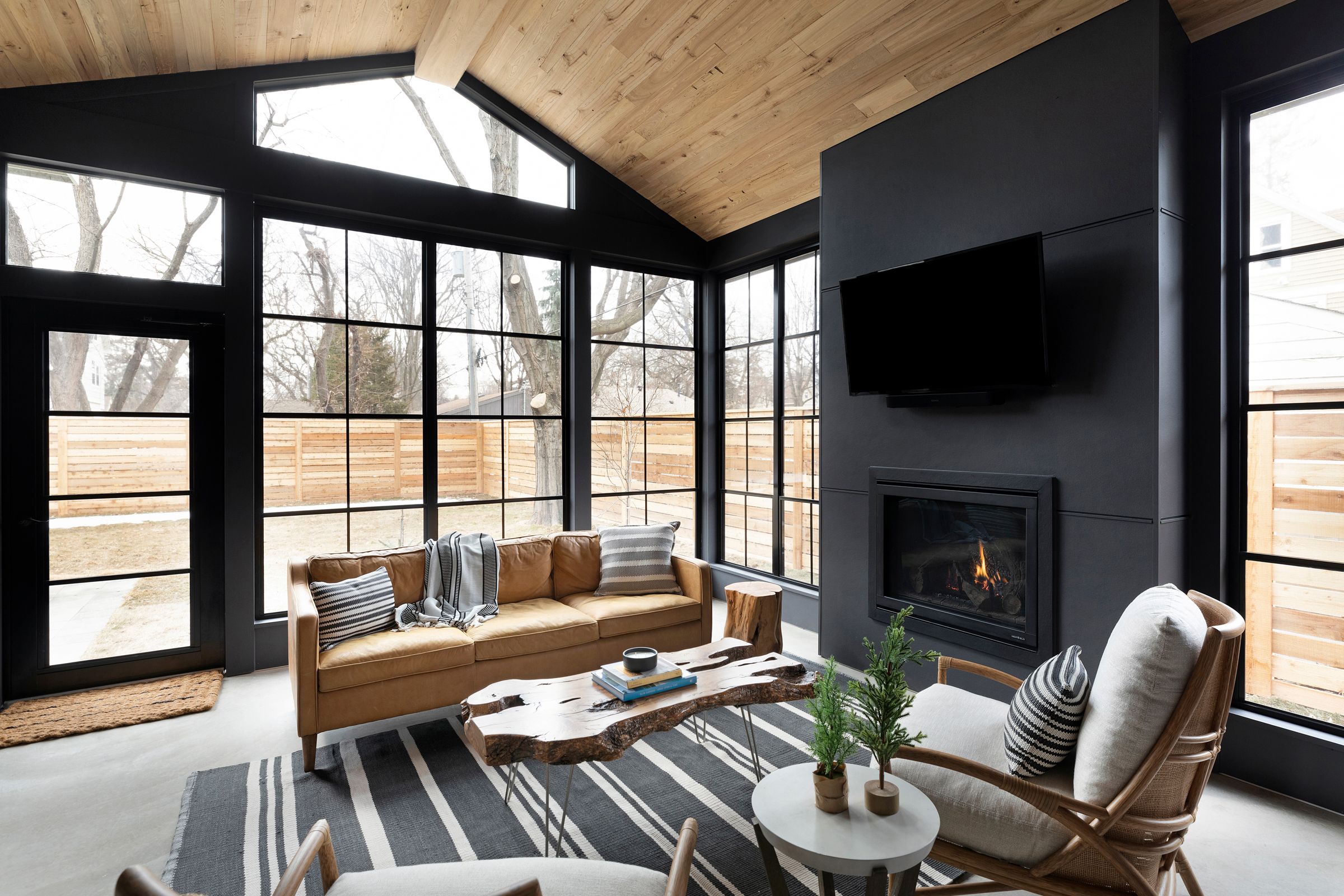
Emotional Connection
Incorporating reclaimed wood into your home design allows you to forge a deeper emotional connection with your living space. Each piece tells a story that can spark conversations and evoke feelings of nostalgia.
Five Drawbacks of Using Reclaimed Wood
Higher Cost
Because of the process involved in creating reclaimed wood, its cost will be higher than that of manufactured wood. Sourcing, preparing, and processing reclaimed wood is highly labor-intensive, leading to a higher price than newer wood options. This may not meet everyone's budget, but we promise it will not disappoint if you can afford it.
Limited Availability
Unfortunately, finding specific types or quantities can be challenging due to the limited supply of reclaimed wood. It may require more time and effort to source suitable materials for your home project at the right time.
Potential Contaminants
Reclaimed wood may contain contaminants because, over 50 years ago, there were no regulations on what products could be used in buildings. Lead paint, pesticides, or chemicals from its previous life pose health risks if not properly handled or treated before use in your home. Make sure your sources for reclaimed wood are both reliable and professional. You can always rely on Manomin Resawn Timbers to deliver the highest quality reclaimed wood, which will be 100 percent safe.
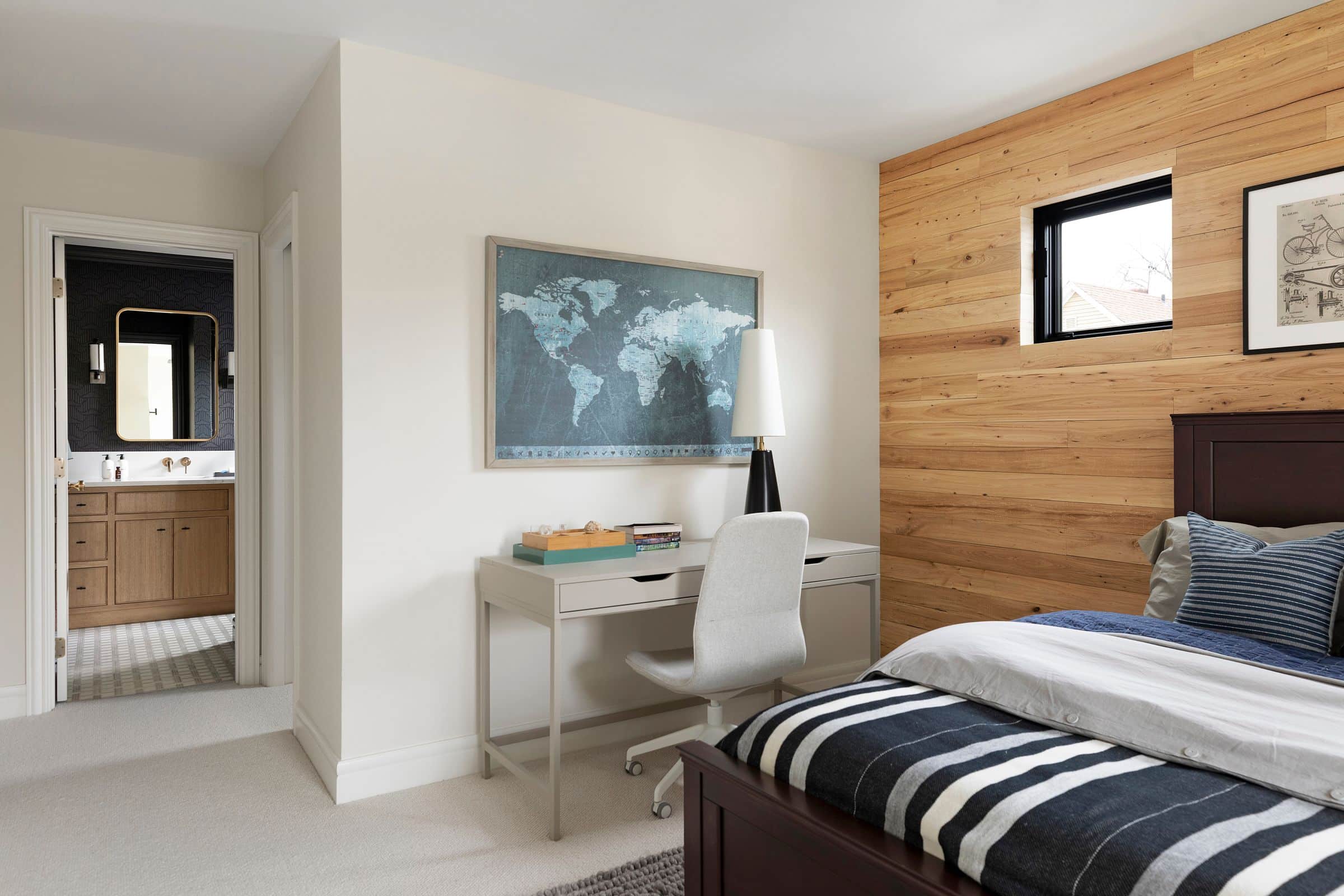
Inconsistencies in Quality
The characteristics that most people choose reclaimed wood for can also be a deterrent depending on the style of wood you need for your design. The aged nature of reclaimed wood can result in variations in color, texture, and size, leading to inconsistencies that may not always align with your design vision or require additional effort to blend seamlessly. If you're looking for a uniform aesthetic, using reclaimed wood poses challenges.
Maintenance Requirements
Reclaimed wood may require more frequent maintenance and care than new wood, as its age and exposure to the elements could make it more susceptible to wear and tear, requiring regular upkeep to preserve its beauty and integrity. Keeping up with beauty takes work!
Check out our blog post on properly cleaning and maintaining your beautiful reclaimed wood flooring.
Conclusion
Incorporating reclaimed wood into your home design can bring you many benefits. However, weighing these advantages against the potential disadvantages is essential to make an informed decision that aligns with your design goals, budget, and lifestyle.
Whether you embrace the timeless appeal of reclaimed wood or opt for alternative materials, the key lies in finding a balance that resonates with your style, values, and vision for creating a home that is both beautiful and meaningful to you.
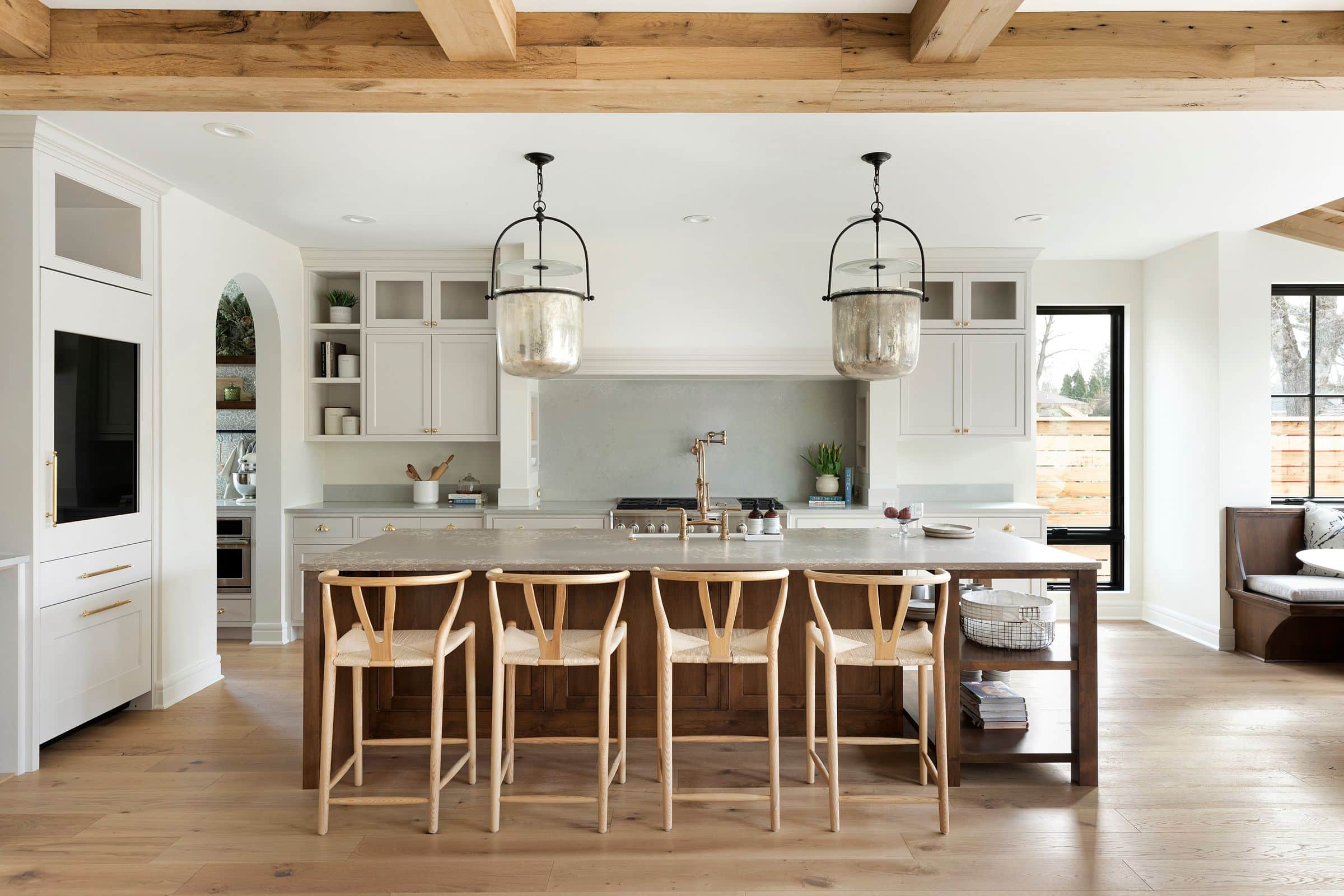
By understanding the pros and cons of using reclaimed wood first, you can confidently navigate the design process and craft a space that reflects your individuality, creativity, and commitment to sustainable living.
We hope we have added value to your decision-making process and that you will see the charm of reclaimed wood that has captivated our hearts over the years.
All photos in this post are from a project we did with JKath Design + Build, which featured white oak and elm reclaimed wood products.
End Grain Wood Tile Flooring: An Excellent Pattern For Strength and Beauty
If you are searching for a truly unique option for your hardwood floors, end grain wood tile brings an extra level of detail and history that is unmatched by any other form we offer. At Manomin Resawn Timbers, we believe that the best […]
5 Box Beam Ceiling Features: Beauty and Craft Above It All
A box beam ceiling is a visually striking way to bring warmth, structure, and architectural interest into a space. Rather than being carved from a single timber, box beams are hollow, built from carefully joined planks to create the illusion of a solid […]
